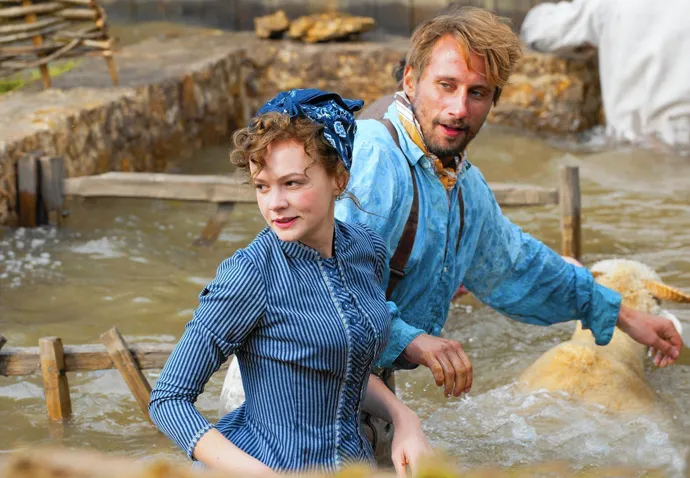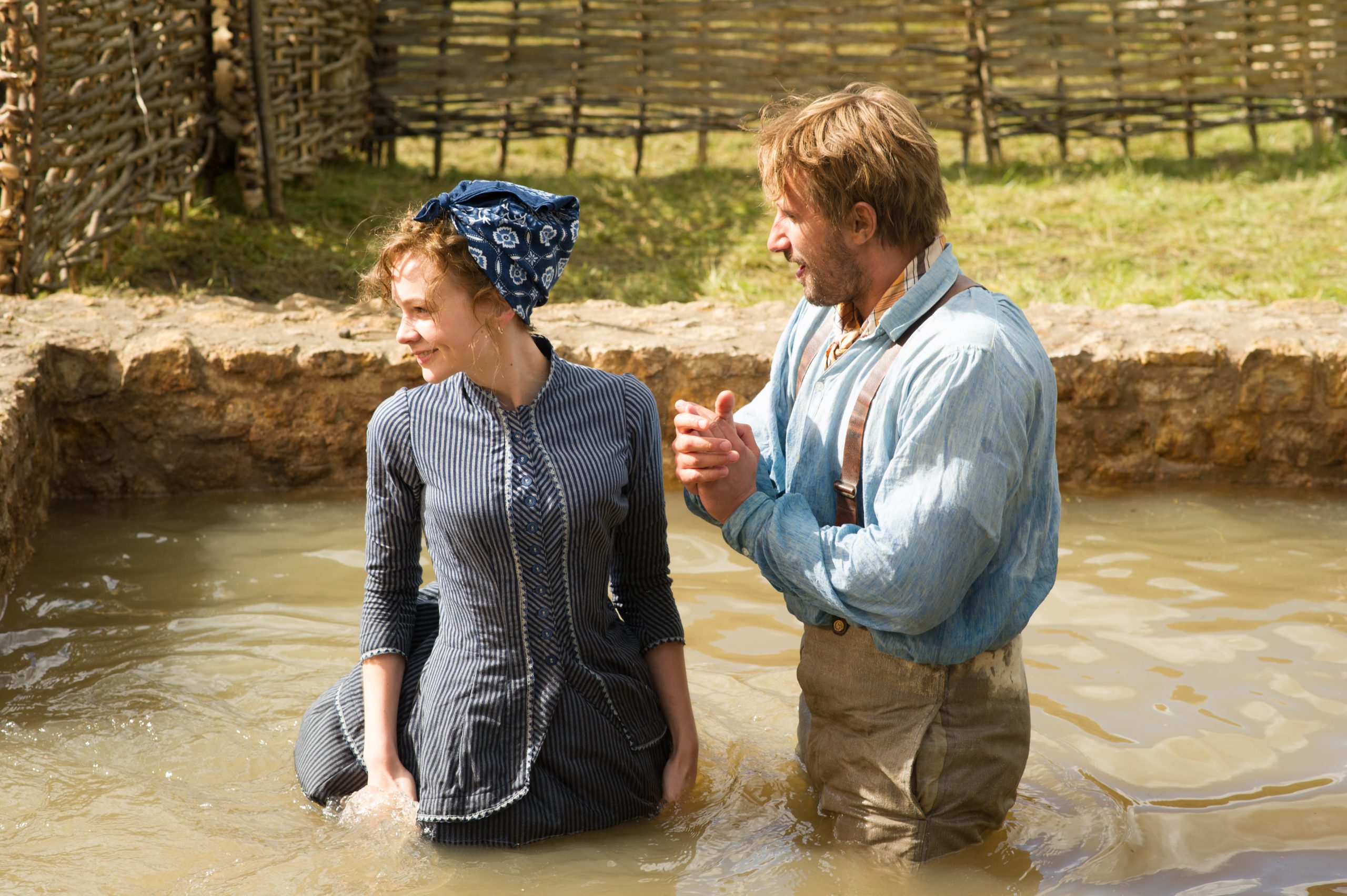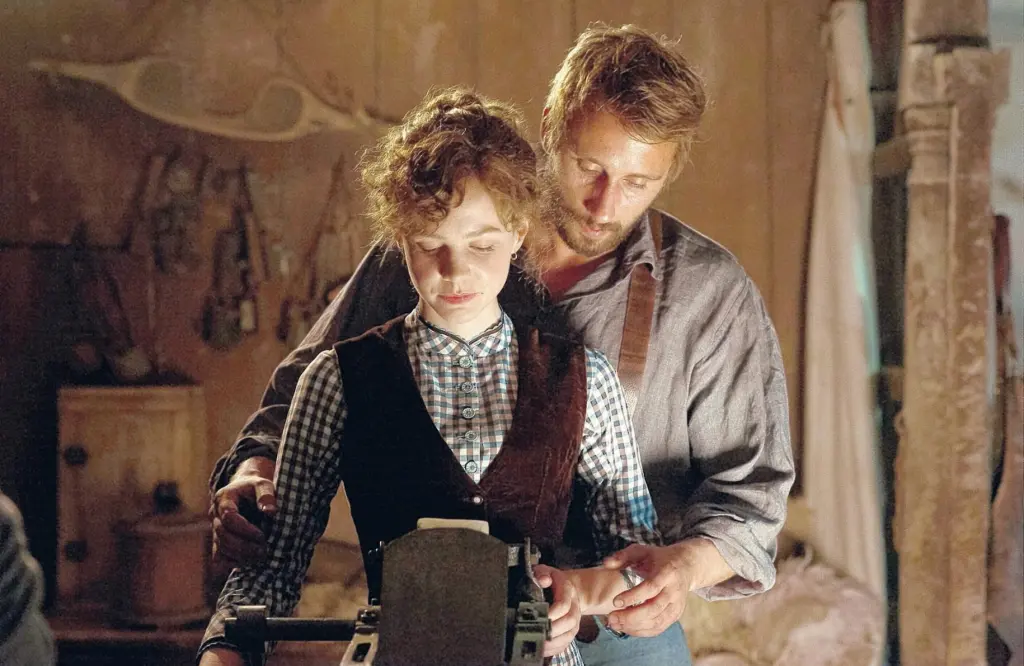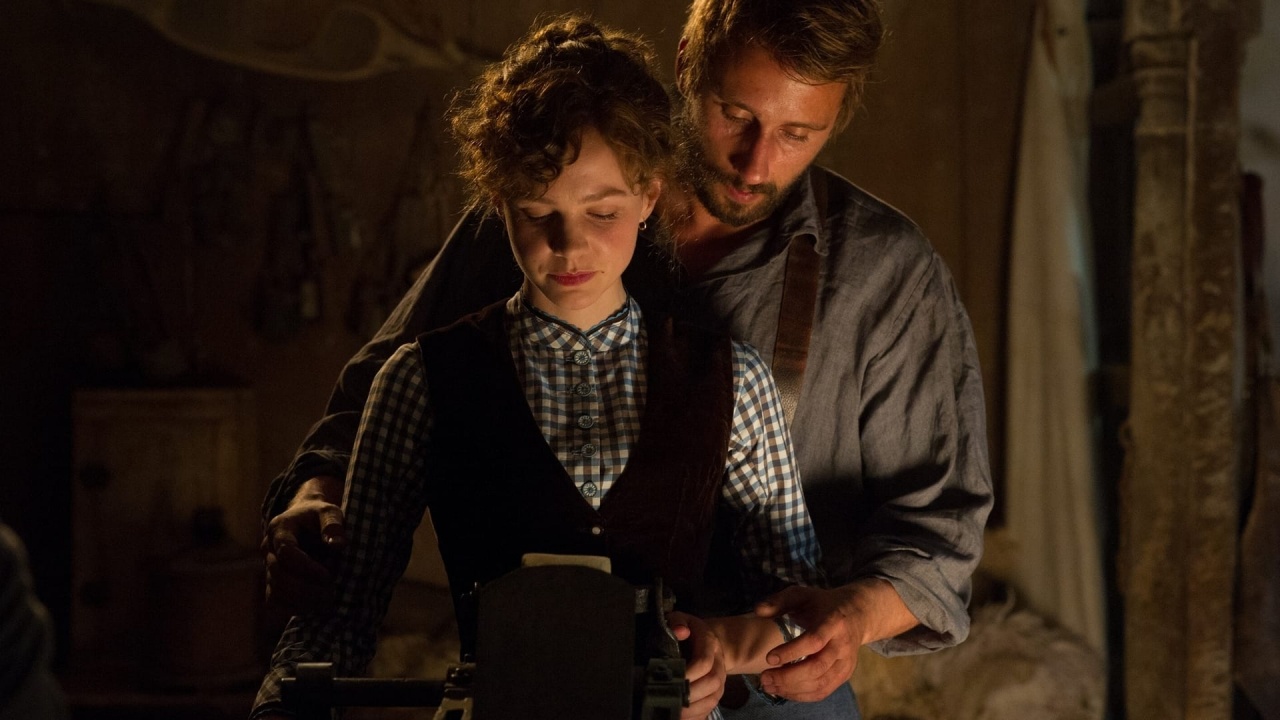Far from the Madding Crowd (2015)

Thomas Vinterberg’s Far from the Madding Crowd (2015) is a visually stunning and emotionally charged adaptation of Thomas Hardy’s classic 19th-century novel. With a strong central performance by Carey Mulligan and Vinterberg’s sensitive direction, the film breathes life into Hardy’s exploration of love, independence, and societal constraints in rural Victorian England.
While some may find it a streamlined interpretation of the source material, the film’s lush cinematography, compelling characters, and heartfelt storytelling make it a standout period drama.
The story follows Bathsheba Everdene (Carey Mulligan), a spirited and independent young woman who unexpectedly inherits her uncle’s sprawling farm in the idyllic English countryside.

Determined to manage it herself, she defies social conventions, attracting the attention of three very different suitors:
Gabriel Oak (Matthias Schoenaerts), a steadfast and humble shepherd who offers unwavering loyalty and quiet strength.
William Boldwood (Michael Sheen), a wealthy but lonely middle-aged landowner captivated by Bathsheba’s beauty and confidence.
Sergeant Francis Troy (Tom Sturridge), a dashing but reckless soldier whose charm hides a more volatile nature.
Bathsheba’s journey to navigate her desires and responsibilities, while contending with the challenges of independence and the societal expectations of her era, creates a rich tapestry of emotional and romantic conflict.

Carey Mulligan delivers a nuanced and magnetic performance as Bathsheba, capturing her character’s complexity—her ambition, vulnerability, and struggle to reconcile her independence with her romantic entanglements. Mulligan’s portrayal balances Bathsheba’s strength with moments of doubt, making her a relatable and empathetic heroine.
Matthias Schoenaerts imbues Gabriel Oak with quiet dignity and a powerful yet understated emotional depth, making him a compelling anchor in the storm of Bathsheba’s life.
Michael Sheen delivers a touching performance as Boldwood, conveying the pain and hope of unrequited love with sensitivity.
Tom Sturridge brings an edgy unpredictability to Sergeant Troy, exuding charisma while hinting at the darker aspects of his character.

Vinterberg’s direction captures the sweeping romance and dramatic intensity of Hardy’s novel while maintaining a grounded sense of realism. The film is visually breathtaking, with cinematographer Charlotte Bruus Christensen capturing the rolling landscapes, golden fields, and changing seasons of rural England in painterly detail. Every frame evokes the beauty and harshness of nature, mirroring the emotional turbulence of the characters.
The film also uses its visuals to reflect the themes of independence and connection. The open, expansive countryside symbolizes freedom, while the close, shadowed interiors of Bathsheba’s farmhouse and Boldwood’s estate reflect the constraints imposed by societal norms and personal insecurities.

At its core, Far from the Madding Crowd is a meditation on love in its various forms—unwavering loyalty, passionate infatuation, and possessive obsession. The film examines how Bathsheba’s relationships with her three suitors challenge her independence and force her to confront her own desires and limitations.
The story also explores the difficulties faced by women who sought autonomy in a rigidly patriarchal society. Bathsheba’s determination to run her farm and make her own choices sets her apart from her contemporaries, but it also isolates her and complicates her relationships. The film’s nuanced portrayal of Bathsheba as both empowered and flawed adds depth to its feminist undertones.
While the film remains largely faithful to Hardy’s novel, some aspects of the story are streamlined to fit the runtime. Certain subplots and character backstories are condensed, and the darker, more tragic undertones of the original text are softened. For purists, these changes may feel like a loss, but for most viewers, they help the film maintain a brisk pace and clear narrative focus.
Far from the Madding Crowd (2015) is a beautifully crafted period drama that brings Thomas Hardy’s timeless novel to life with elegance and emotional resonance. Bolstered by strong performances, lush visuals, and a sensitive exploration of its themes, the film offers a compelling and accessible entry point into Hardy’s world. While it may not capture the full complexity of the source material, it succeeds as both a romantic drama and a portrait of a woman’s struggle for self-determination in a restrictive society.











